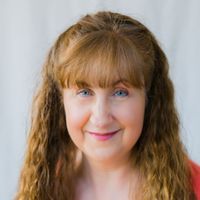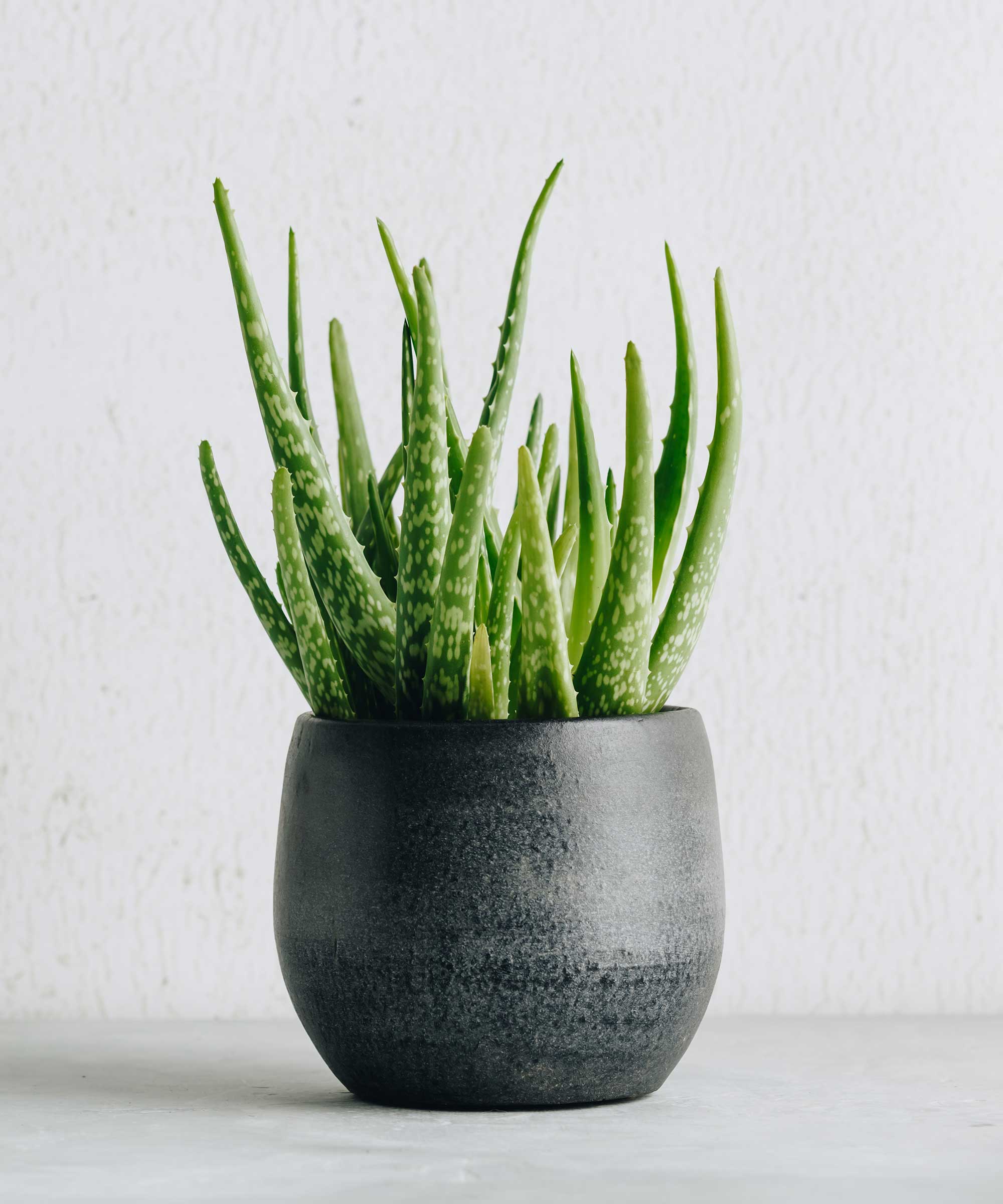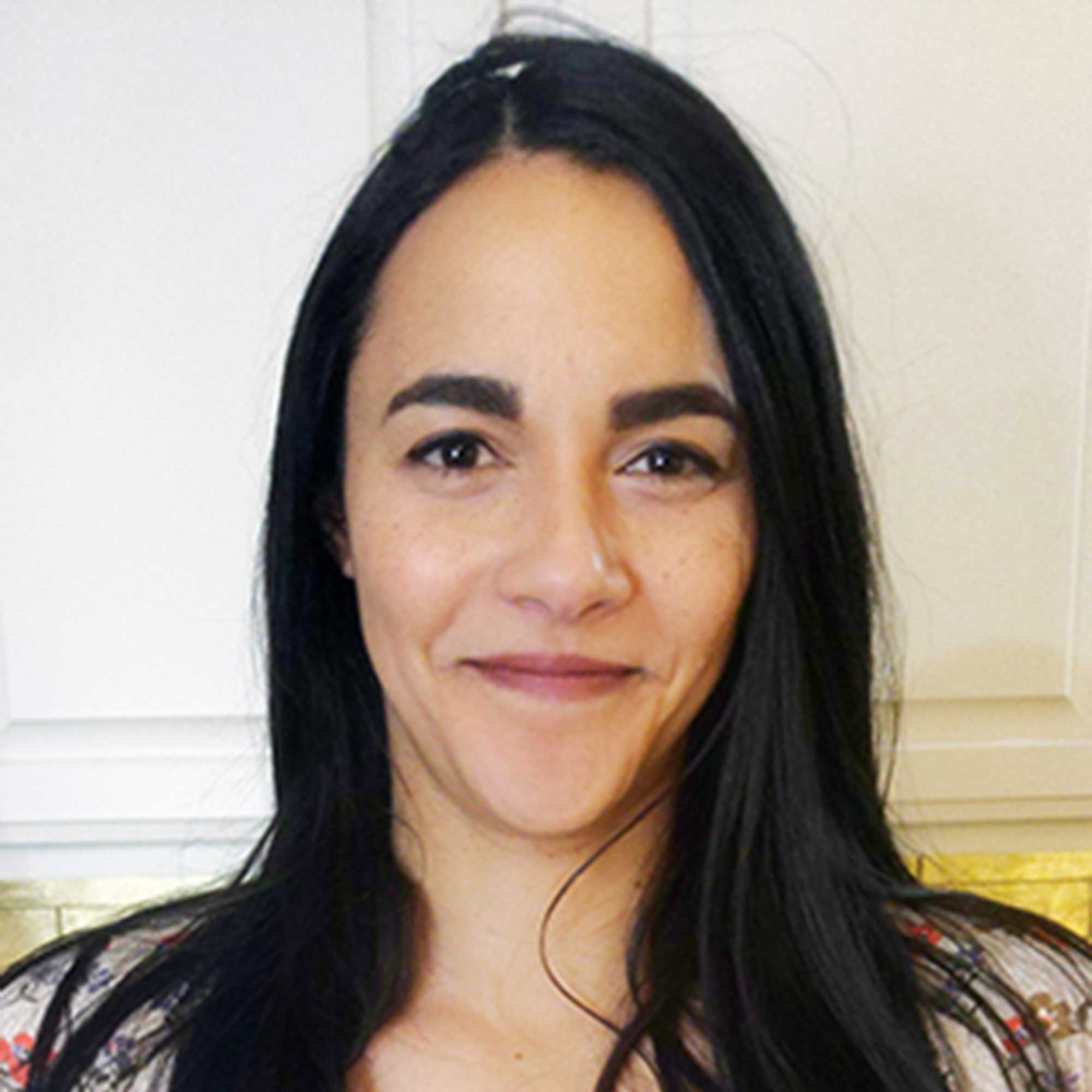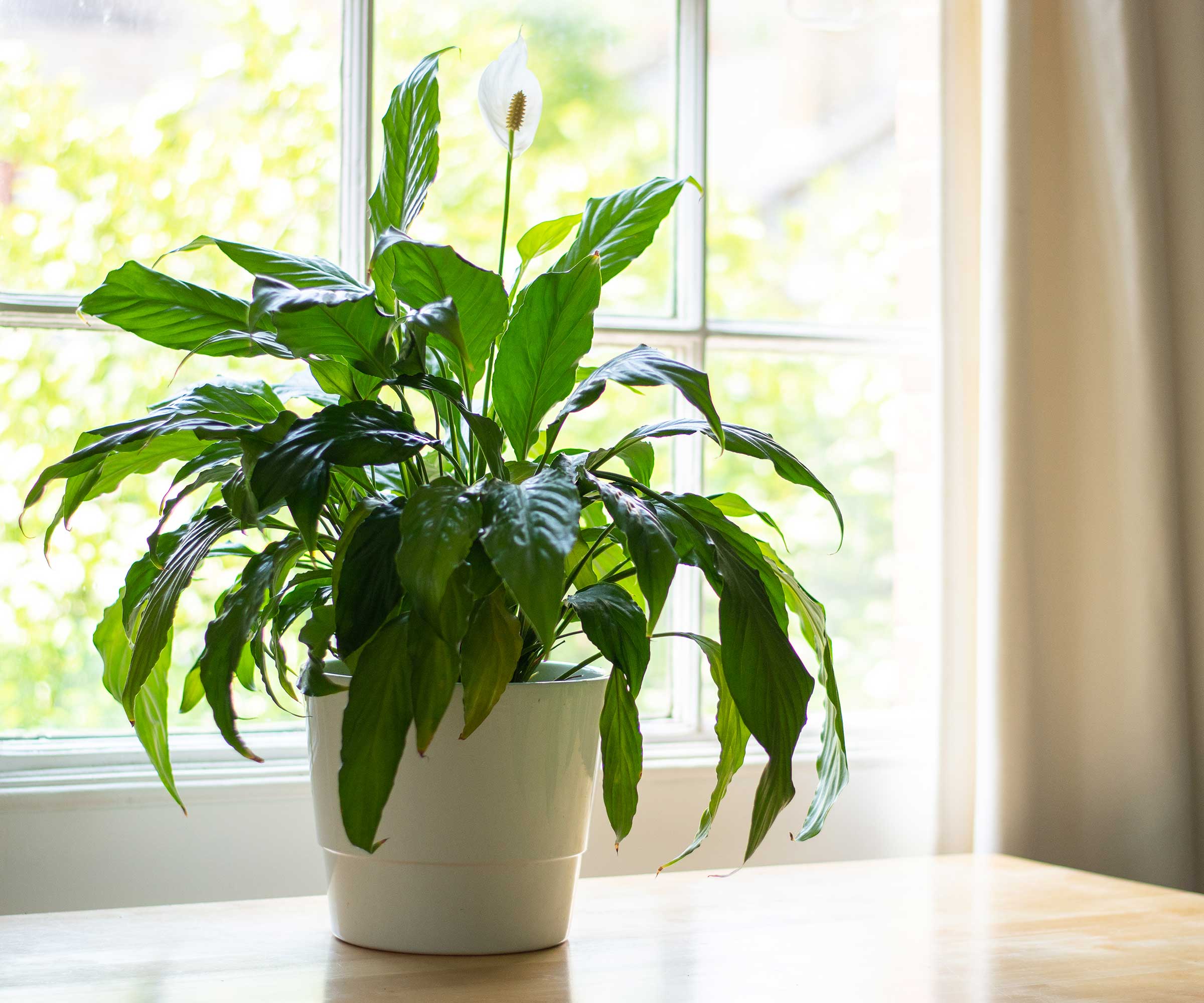Looking for a natural air-cooling solution? Experts say these houseplants could be the answer to cooling your home in a heatwave
Transpiration helps keep indoor plants cool and reduces temperatures in the surrounding air


As parts of the mid-west and north-east US continue to experience extreme high temperatures, the heat of summer is well and truly on. There are lots of ways to keep your house cool during summer, but have you considered using houseplants as a natural solution?
Experts say that some of the best indoor plants can help cool the air around them through transpiration. 'Transpiration is the process by which water is drawn up from the roots of a plant and evaporated from its leaves, stems and flowers into the surrounding air,' explains Autumn Janus, plant expert from Perfect Plants. 'This is primarily driven by the plant's need to access carbon dioxide for photosynthesis and to cool itself by reducing leaf temperatures through the release of water vapor,' she adds.
Just as there are many air-cleaning indoor plants, plant experts also say that there are a range of air-cooling houseplants that will reduce temperatures around them more effectively than others. We profile five to consider bringing into your home this summer.

5 air-cooling houseplants
We already know that houseplants can be more than just a green accent in our homes. Many share useful wellbeing qualities, and some are even thought to reduce stress. And several, say the houseplant experts, help to cool the air around them.
Here are five of the best air-cooling houseplants, which you might want to add to your shopping list as the extreme heat persists in parts of the US.
1. Snake Plant

It's no surprise that snake plants are at the top of the list, as we already know snake plants are the answer to better sleep and have air purifying qualities. When it comes to cooling down the air, snake plants are just as efficient.
'The snake plant, known for its resilience and air purification abilities, releases oxygen at night and filters out toxins, making it a fantastic cooling bedroom plant,' says Autumn.
'It is an easy indoor plant, requiring very little water, and grows well in medium light,' says Julie Bawden-Davis, indoor plant expert at Healthy Houseplants. Take care to not overwater this plant, as it could turn your snake plant yellow.
Find snake plants online, like this snake plant from The Sill.

Autumn is a horticulture specialist and marketing professional at Perfect Plants Nursery. With four years of experience in the horticulture industry, she has developed a passion for helping people create beautiful indoor and outdoor spaces to enjoy. Her expertise in horticulture encompasses a broad range of activities, including plant care and selection, landscape design, and maintenance.

Julie Bawden-Davis is a garden author and University of California Certified Master Gardener, who has written several gardening books, including Indoor Gardening The Organic Way. In addition to running HealthyHouseplants.com, she shares indoor gardening advice on her YouTube channel @HealthyHouseplants.
2. Aloe Vera

Similar to snake plants, aloe vera is also a succulent that can help to cool down surrounding air - although experts note that this group of plants transpire in a different way to other plants.
'Because these are desert plants, they've adapted to be able to close their stomatas during the daytime to prevent moisture loss during the hottest part of the day. Instead, they absorb water and transpire at night,' says Diane Kuthy, the founder of How To Grow Everything. 'This is how they've adapted to living in the most intense desert conditions. Thus, while succulents are great at transpiration, you may not notice the effect during the daytime,' she adds.
As a result, aloe vera can be a great plant to have in your bedroom to help keep things cool during summer nights.
'This succulent is very easy to grow indoors. As long as you water your houseplant correctly and give it bright light, aloe vera will thrive in your indoor garden,' notes Julie. Incorrect watering or a lack of light could turn your aloe plant brown.
Shop for aloe plants online, like this aloe from Bloomscape.

Diane Kuthy is the founder and lead plant expert at How To Grow Everything, a collection of comprehensive grow guides for every plant and vegetable. Diane has over 10 years of gardening experience and she currently manages a 5-acre farm, a four-season greenhouse, over 50 perennial fruit and vegetable varieties, and a large indoor plant conservatory.
3. Boston Fern

Succulents aren't the only type of air-cooling plant, as indoor ferns are just as effective. In particular, the dense foliage of Boston ferns can produce more water on its surfaces that then evaporates into the air.
'A good air-cooling plant when happy,' says Julie. 'This plant will struggle in low humidity homes, which will cause leaflet drop,' she adds. It can be a good idea to increase humidity for these indoor plants, like with this plant mister from Amazon.
A lack of humidity could also cause your Boston fern to turn brown. Take care to put it in a bright position and it will thrive happily.
Find beautiful Boston ferns online, like this Boston fern from Walmart.
4. Peace Lily

If indoor flowering plants are your thing, then opting for a peace lily this summer can be a great way to keep your interiors cool. These beautiful plants have luscious foliage that can aid transpiration and evaporation.
'Featuring elegant white flowers and glossy green leaves, peace lilies not only enhance the aesthetics of a room but also acts as a natural humidifier, ultimately helping to cool the air and improve air quality,' says Autumn Janus.
These plants will flower for months at a time, but make sure to prune your peace lily after flowering to encourage returning blooms. You can also fertilize a peace lily to encourage growth and a longer lasting display.
Find the perfect peace lily for your space online, like this peace lily from Walmart.
5. Chinese Evergreen

For lovers of variegated indoor plants, a Chinese evergreen might be the perfect solution to keeping temperatures down in your home this summer. Also known as the aglaonema, these unique jungle plants have leafy structure of different colors that guarantees a statement in your home.
'The aglaonema Chinese evergreen is not only admired for its beautiful foliage with a variety of colors and patterns, but it also thrives as an indoor low light plant, making it an ideal cooling plant for your home,' says Autumn.
They're easy to care for, adapting to different environments. Although, the common indoor plant mistake of incorrect watering may lead to yellowing foliage.
Find the right Chinese evergreen for you online, like this Aglaonema Wishes from The Sill.
FAQs
How many plants do I need to cool down the air effectively?
There are many houseplants that can help keep the air in your home cool through the process of transpiration. However, it should be noted that you will need multiple plants for the effect to take place.
'You'd need to be living amongst a lot of plants for the effect of transpiration to be felt,' says Diane Kuthy, the founder of How To Grow Everything. 'Each small plant's transpiration only effects the immediate area around the plant,' she adds.
If you want to create an effective cooling system using houseplants, it's a good idea to create an indoor jungle with some of the most efficient air-cooling plants.
As extreme heat kicks in, you might want to consider turning to plants to help keep you cool. Team with some large leafed tropical plants, such as a kentia palm or a strelitzia, to create some natural shade in your home, too.
If you're looking for other ways houseplants can enhance our interior spaces, you find out how houseplants can reduce dust in your home in our guide.
Sign up to the Homes & Gardens newsletter
Design expertise in your inbox – from inspiring decorating ideas and beautiful celebrity homes to practical gardening advice and shopping round-ups.

Tenielle is a Gardens News Writer at Homes & Gardens. She holds a qualification in MA Magazine Journalism and has over six years of journalistic experience. Before coming to Homes & Gardens, Tenielle was in the editorial department at the Royal Horticultural Society and worked on The Garden magazine. As our in-house houseplant expert, Tenielle writes on a range of solutions to houseplant problems, as well as other 'how to' guides, inspiring garden projects, and the latest gardening news. When she isn't writing, Tenielle can be found propagating her ever-growing collection of indoor plants, helping others overcome common houseplant pests and diseases, volunteering at a local gardening club, and attending gardening workshops, like a composting masterclass.
-
 Charred little gem with saffron dressing
Charred little gem with saffron dressingThis recipe with charred little gem is both easy to make and sure to impress guests. It's the perfect side for fresh spring menus
By Alice Hart
-
 Grilled asparagus with herb and pickled red onion
Grilled asparagus with herb and pickled red onionThis grilled asparagus couldn't be easier, and it's a wonderful way to get the best flavor from our favorite spring veg. It's perfect alongside fish or lamb
By Alice Hart